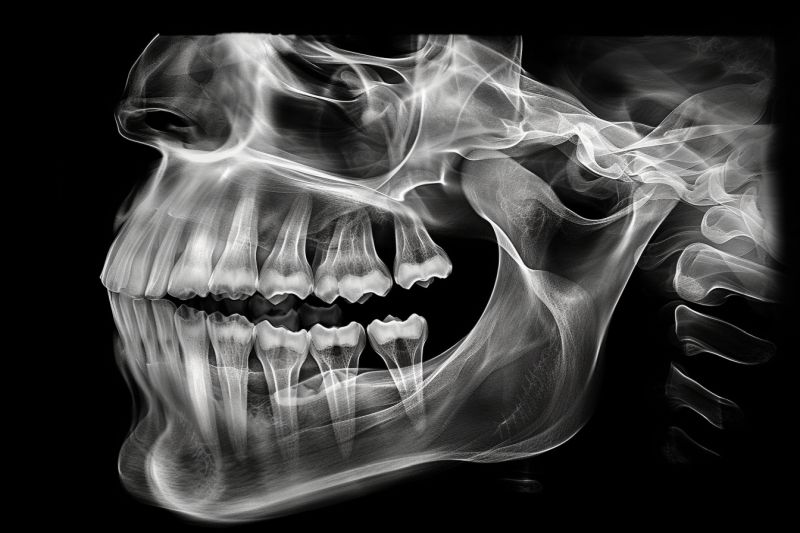
In a significant shift from previous guidelines, the American Dental Association (ADA) has updated its stance regarding the use of lead aprons and thyroid collars during dental X-ray procedures. With advancements that have led to more focused X-ray beams and the potential for protective gear to interfere with necessary imaging, the ADA now suggests that these measures may no longer be required.
The ADA’s recommendations carry considerable weight in the dental community. However, they are keen to stress that the ultimate goal should be the judicious use of dental X-rays—ensuring they are necessary for the patient’s diagnosis or treatment and that they are performed correctly. Effective use of X-rays is cited as the primary method to minimize radiation exposure.
The ADA’s recommendations are advisory and do not hold regulatory power. The actual implementation of these guidelines will vary, as dental practices and regulations are subject to state dental boards, which hold the authority to mandate specific protocols. For instance, some states, like California, currently have laws requiring the use of lead aprons during dental radiographic procedures, and any changes would need to occur at the legislative level.
The ADA’s decision was influenced by the American Academy of Oral and Maxillofacial Radiology, which had previously advised against the routine use of lead aprons and thyroid collars. This opinion contributed to the ADA’s reassessment of the necessity of these protective measures.
Backing up this new guidance are medical physicists from the U.S. Food and Drug Administration (FDA), who support the latest recommendations. The absence of compelling scientific evidence to necessitate the use of lead aprons has been acknowledged. Nevertheless, the ADA recognizes that legal requirements for their use still exist in certain jurisdictions.


